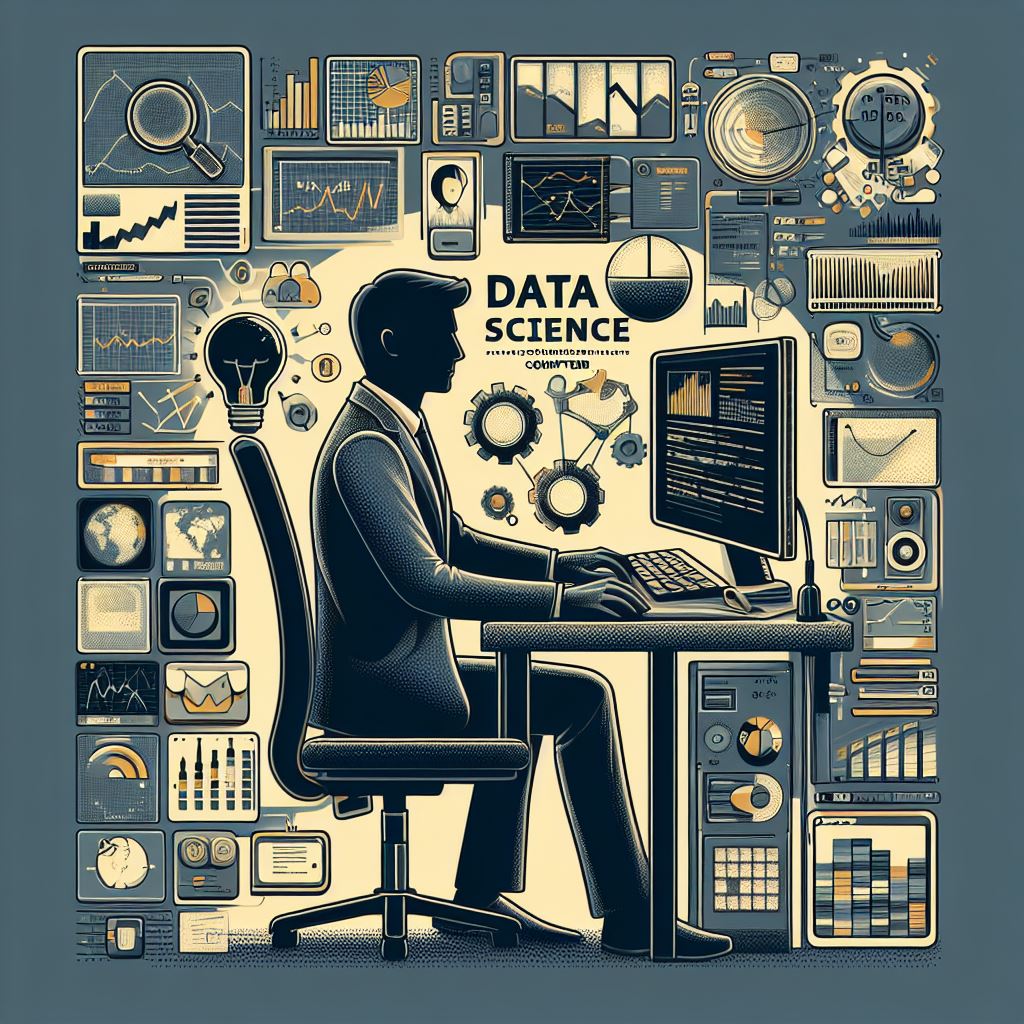Data science is revolutionizing industries across the globe, providing insights and driving decision-making in ways that were once unimaginable. Python has become the go-to programming language for data scientists, thanks to its simplicity, flexibility, and vast ecosystem of libraries. In this article, we will explore how Python is used in data science, its key benefits, and why it’s an essential tool for anyone entering the field.
What is Data Science?
Data science is the process of collecting, analyzing, and interpreting vast amounts of data to uncover valuable insights. It involves various disciplines such as statistics, machine learning, data mining, and big data technologies. Data scientists use these techniques to predict future trends, identify patterns, and create data-driven solutions for businesses and organizations.
Why Python for Data Science?
Python has emerged as one of the most popular programming languages in the field of data science. Its readability and simple syntax make it accessible to beginners while still powerful enough for professionals. Python also offers extensive libraries like NumPy, Pandas, Matplotlib, and Scikit-learn that simplify data manipulation, analysis, and visualization tasks. Let’s look at some of the key reasons why Python is so well-suited for data science:
Ease of Learning
Python’s syntax is clean and easy to read, making it ideal for beginners. Unlike other programming languages, Python doesn’t require complex syntax rules, which reduces the learning curve for newcomers.
Powerful Libraries
Libraries like Pandas, NumPy, and SciPy are essential for data manipulation and analysis. For machine learning tasks, Scikit-learn and TensorFlow offer pre-built models and tools that make it easier to implement algorithms.
Data Visualization
Python offers excellent visualization libraries like Matplotlib, Seaborn, and Plotly, which allow data scientists to create graphs and charts that help communicate insights clearly.
Machine Learning Integration
Python’s extensive support for machine learning libraries such as TensorFlow, Keras, and Scikit-learn makes it a go-to language for implementing predictive models, classification, regression, and clustering tasks.
Community Support
Python boasts one of the largest and most active programming communities. This means that you can find tutorials, forums, and open-source projects that can help you as you learn and grow in data science.
How to Get Started with Python in Data Science?
If you’re a beginner looking to break into data science, here’s how you can start your journey with Python:
Install Python
Download and install the latest version of Python from the official website. It’s recommended to install Anaconda, a popular Python distribution for data science, which comes pre-loaded with many of the necessary libraries.
Learn Python Basics
Before diving into data science, make sure you have a solid understanding of Python fundamentals like variables, data types, loops, and conditionals. Numerous free resources and online courses are available to help you get started.
Explore Data Science Libraries
Familiarize yourself with key Python libraries for data science, such as Pandas for data manipulation, NumPy for numerical computations, and Matplotlib for data visualization.
Work on Projects
The best way to learn data science is by applying what you’ve learned. Start working on small projects like analyzing datasets from Kaggle or creating simple machine learning models to predict outcomes based on historical data.
Join the Community
Engage with the Python and data science communities. Platforms like Stack Overflow, Reddit, and GitHub offer opportunities to collaborate, share knowledge, and learn from experts in the field.
Conclusion
Data science is a powerful field that is transforming how we understand and use data, and Python is the perfect tool to help you get started. Its versatility, simplicity, and large ecosystem of libraries make it the ideal choice for both beginners and experienced professionals. Whether you’re interested in data analysis, machine learning, or big data, Python can help you unlock the full potential of data science and open doors to numerous career opportunities.
